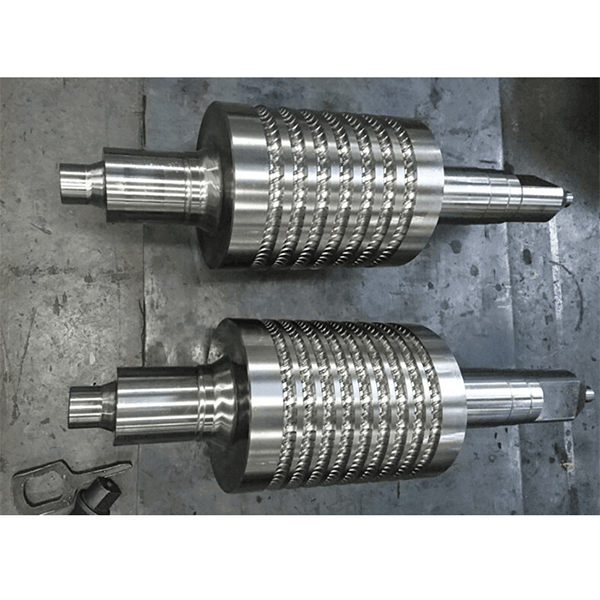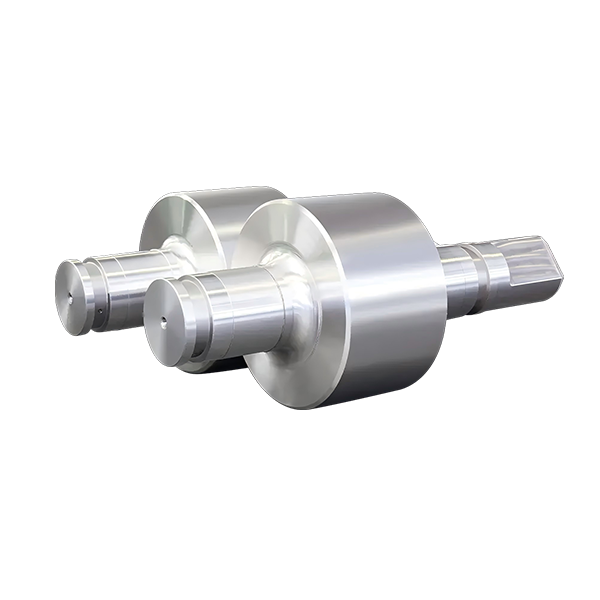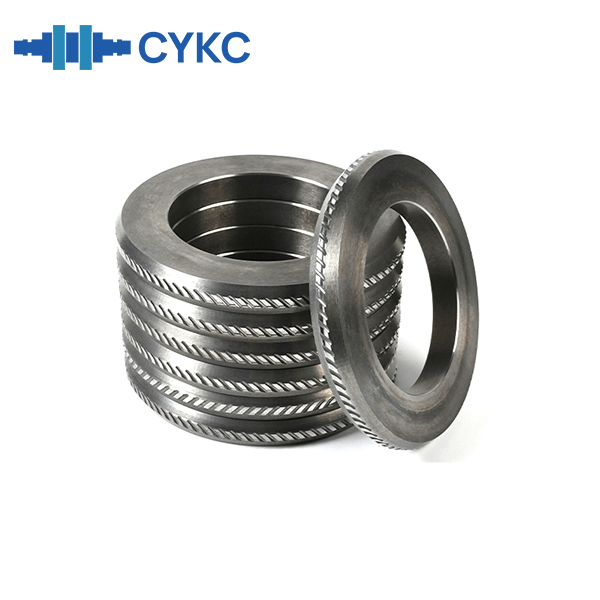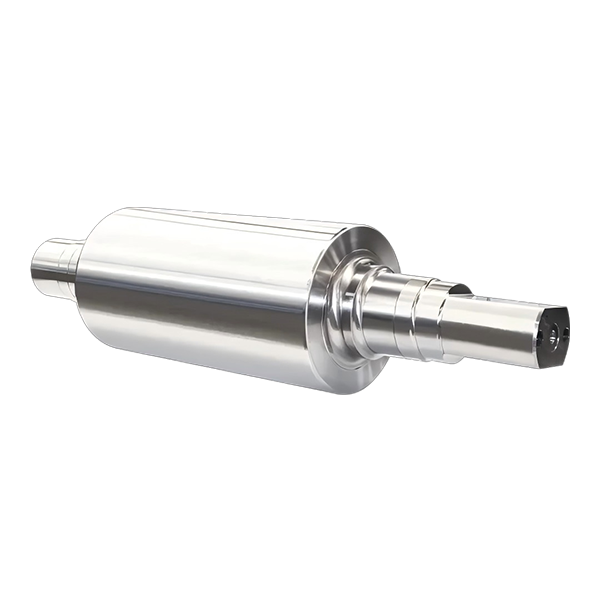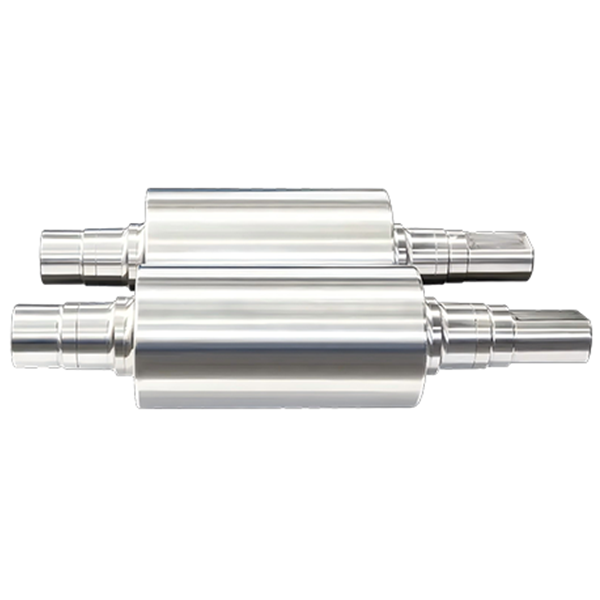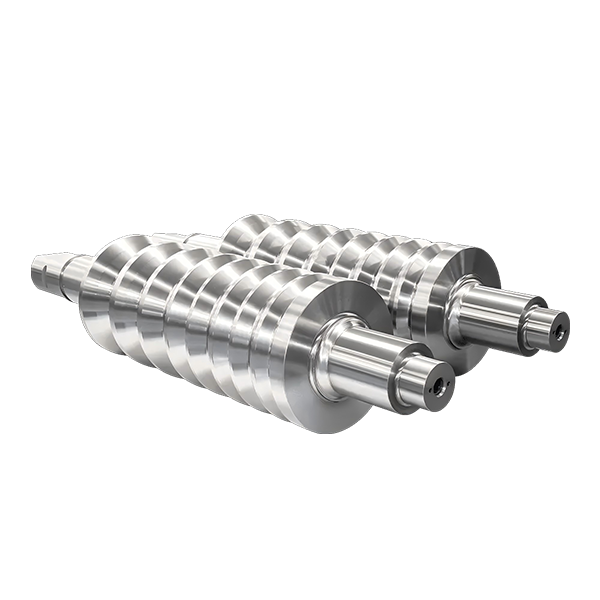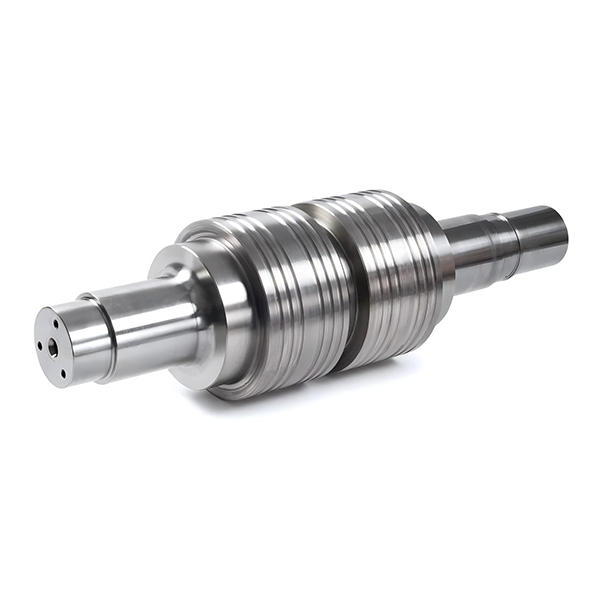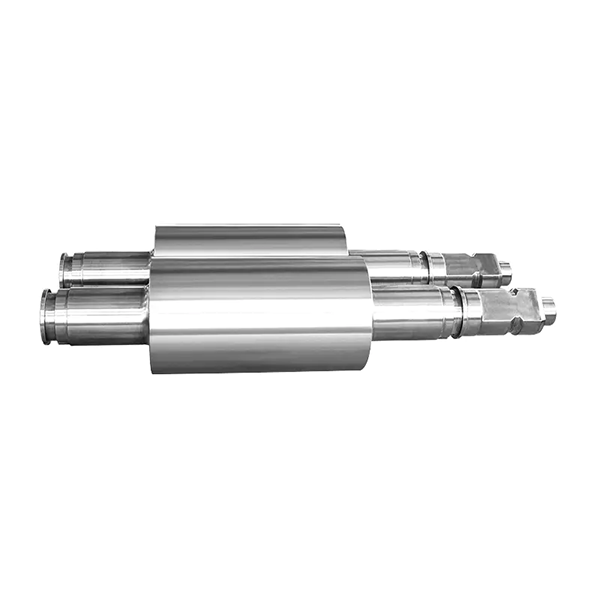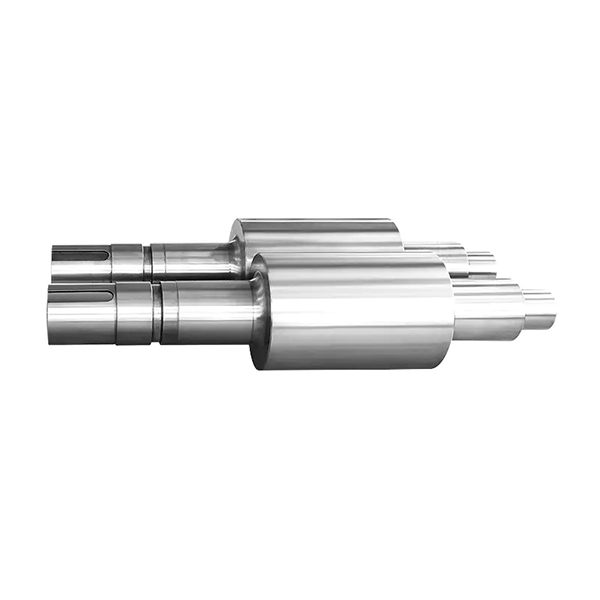The research of work roll materials in cold rolling has always been a key topic in roll industry. Initially, the cold rolling work roll material is mainly based on bearing steel, and then gradually developed into 2%Cr, 3%Cr, 5%Cr steel, and its development trend is usually accompanied by the continuous improvement of chromium content. In recent years, the appearance of semi-high speed steel and high speed steel roll materials has made some progress in the research of related structures and carbides. In order to further promote the research and development of high-end cold rolling work rolls, technicians have studied the quenching process of a new forged high-speed steel cold rolling work roll material, focusing on analyzing the effects of different quenching temperatures on the structure, grain size, residual austenite content and hardness of the material, which provides an important theoretical basis and experimental data for the development of new materials.
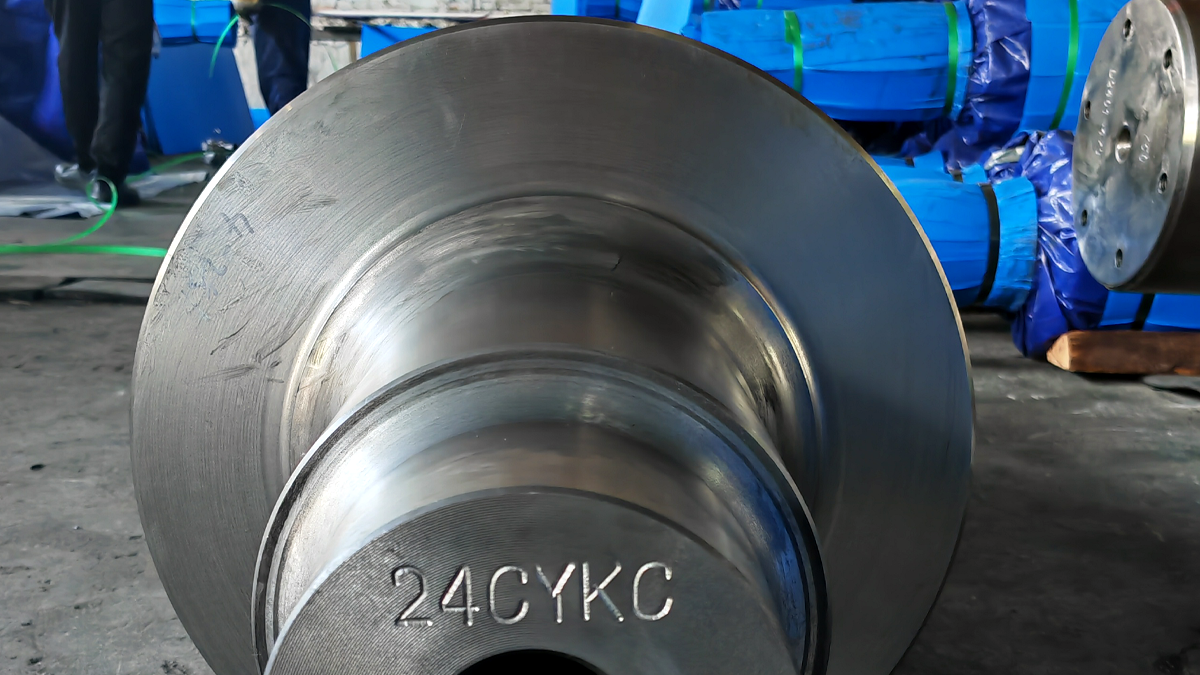
The forged high-speed steel cold rolling work roll material used in the experiment was first smelted in a 50kg vacuum induction furnace, and then made into a blank of 100mm×100mm×250mm by high temperature forging process, and then annealed at 700℃×4 hours, as the raw material required for the experiment. The metallographic sample is a 15mm×15mm×15mm block, which is heated to different temperatures by a box-type resistance furnace and then air-cooled and quenched. The hardness was measured by 660RLD/T Rockwell hardness tester, the residual austenite content was measured by X'perPro X-ray diffractometer, the structure and grain size were observed by Axiovert200MAT optical microscope, and the carbide morphology was analyzed by QUANTA400 scanning electron microscope.
The experimental results show that the structure of the work roll is mainly composed of lower bainite, bainite, small amount of martensite, large strip carbides and granular carbides. The large strip carbide precipitates during the solidification process of molten steel, and the granular carbide precipitates from the austenite during the cooling process, and the carbide content is about 3.6%.
Under different quenching temperatures, the quenching effect of forged high-speed steel cold rolling work roll shows the following characteristics:
Carbide dissolution: When the quenching temperature rises, the carbide content of the high speed steel roll gradually decreases. When the temperature rises to 1200 ° C, the granular carbide is almost completely dissolved, leaving only a small amount of massive carbide.
Grain size change: When the quenching temperature increases, the grain size of high-speed steel increases. The grain size increases obviously when the temperature exceeds 1040℃. When the temperature exceeds 1160℃, the grain size reaches 4.5 and the grain coarsening phenomenon occurs.
Residual austenite content change: When the quenching temperature increases, the residual austenite content increases. When the temperature is lower than 1080℃, the increase is slower. When the temperature exceeds 1080℃, the residual austenite content increases sharply, and when it reaches 1160℃, the residual austenite content can reach 38%.
Hardness performance: When the quenching temperature is 1040℃, the hardness reaches 64.1HRC, and the microstructure, grain size and residual austenite content of the high speed steel roll are best matched.
For more information about new forged HSS work roll materials or technical support, please contact us. We will provide you with professional consultation and services to help you solve various problems in the selection of materials and processes. Please contact us in the following ways:
Tel: [+86 024 86876567]
Email: [cykc@cykcgroup.com.cn]
Official website: [https://cykcgroup.com/]
We look forward to helping you!


